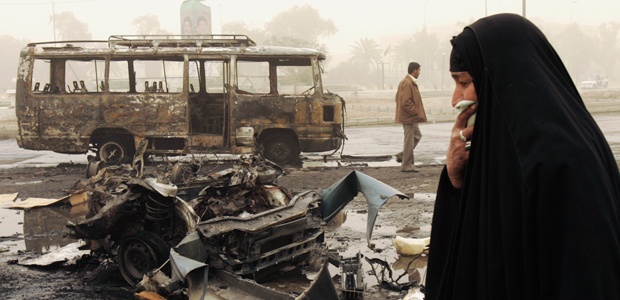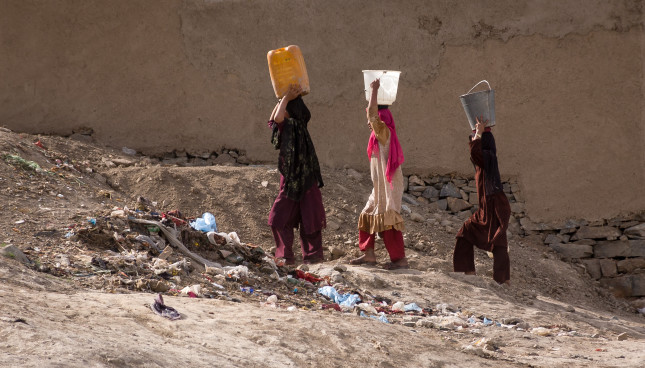Everyone aims to attain complete happiness and a sense of fulfilment. However, happiness is a goal that is nearly impossible to achieve in some countries due to several challenges. Challenges such as economic hardships, political instability, and a lack of basic services plague certain countries, making them the unhappiest countries in the world. In these destinations, residents struggle to live a comfortable life, making happiness a distant dream. Today, we are delving into 6 of the unhappiest countries in the world.
1. Afghanistan: Living Amid Perpetual Conflict
The most unhappy country in the world is Afghanistan. Decades of war made this country remain at the top spot. Other factors contributing to it being ranked at No. 1 are political unrest and humanitarian crises. Afghanistan’s residents consistently live in distress and poverty. The country has a high poverty level of 90%. Healthcare is limited, and there are insufficient educational opportunities for children. Additionally, corruption runs deep in the country, affecting the citizens.
2. Lebanon: Economic Collapse and Political Chaos
Despair spread throughout Lebanon when the country fell into an economic crisis. This crisis involved the country’s currency being drastically devalued and inflation soaring. The country’s unemployment rate increased, causing the citizens to struggle tremendously. Survival in Lebanon became hard, and the citizen’s unhappiness increased after the 2020 Beirut port explosion.
3. Zimbabwe: Grappling with Hyperinflation
The unemployment rate is very high in Zimbabwe, and so is inflation and corruption. The country, which has natural resources, has been struggling for years with economic instability. For years the government has been unable to meet the basic needs of the citizens. Even food security is a severe problem in the country, adding to the distress of the citizens.

4. Sierra Leone: Recovering from Civil War
The impact of the civil war continues to affect Sierra Leone. The country struggles with a high poverty rate and limited access to health care. Many of the citizens face difficulties due to the high unemployment rate. The younger generation also faces challenges with accessing education. Another concerning issue is the country’s high maternal rate.
5. Burundi: A Struggle Against Extreme Poverty
Burundi is one of the poorest countries in the world, with 70% of the population living below the poverty line, contributing to it being one of the unhappiest countries. Burundi struggles with inadequate health care, poor water quality, and malnutrition. The country’s political instability and restricted freedoms worsen the hardships citizens face.
6. Yemen: A Humanitarian Catastrophe
Yemen has been drastically affected by the prolonged civil war. The country is experiencing a severe humanitarian disaster. The country struggles with catastrophic issues like famine, disease, and displacement. The healthcare system is close to collapsing, and the aid the country receives worldwide is barely enough to help the devastating conditions.

Common Threads Among the Unhappiest Countries
Each country has unique factors contributing to its despair, but there are some common contributors among them.
- Conflict, Instability, and Corruption: several countries have been impacted by wars, political instability, and corruption.
- Economic Hardship: These countries have skyrocketing inflation and high poverty and unemployment rates, making it difficult to survive.
- Limited Access to Basic Services: Citizens struggle due to poor healthcare and education.
The Way Forward
These countries can address these challenges and restore the happiness of citizens by taking a multi-pronged approach. While there are challenges, it is possible to achieve happiness with the right governance, resilience, and support. These countries can ensure a brighter future for their citizens by:
- Creating better conflict resolution strategies to end violence.
- Rebuilding the economy with sustainable investments in the infrastructure.
- Improving governance by consulting local leaders during decision-making situations.
- Forming strong relationships with other countries to receive international support and partnerships to address challenges

